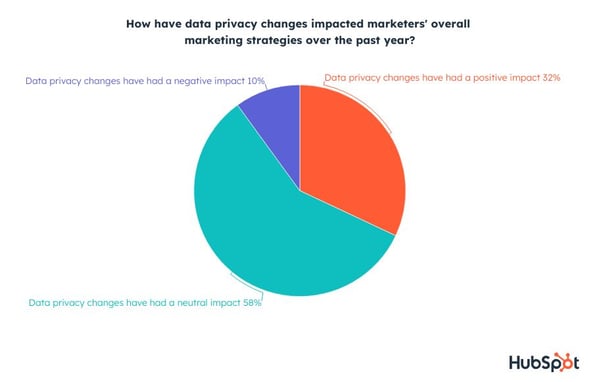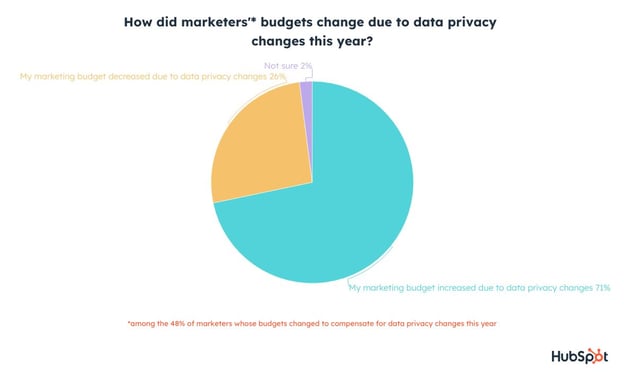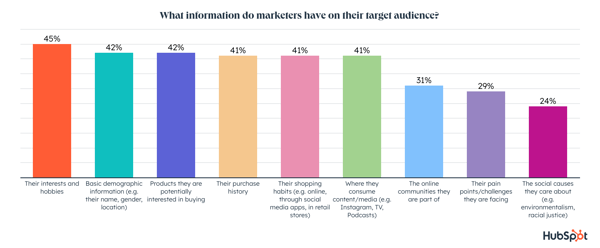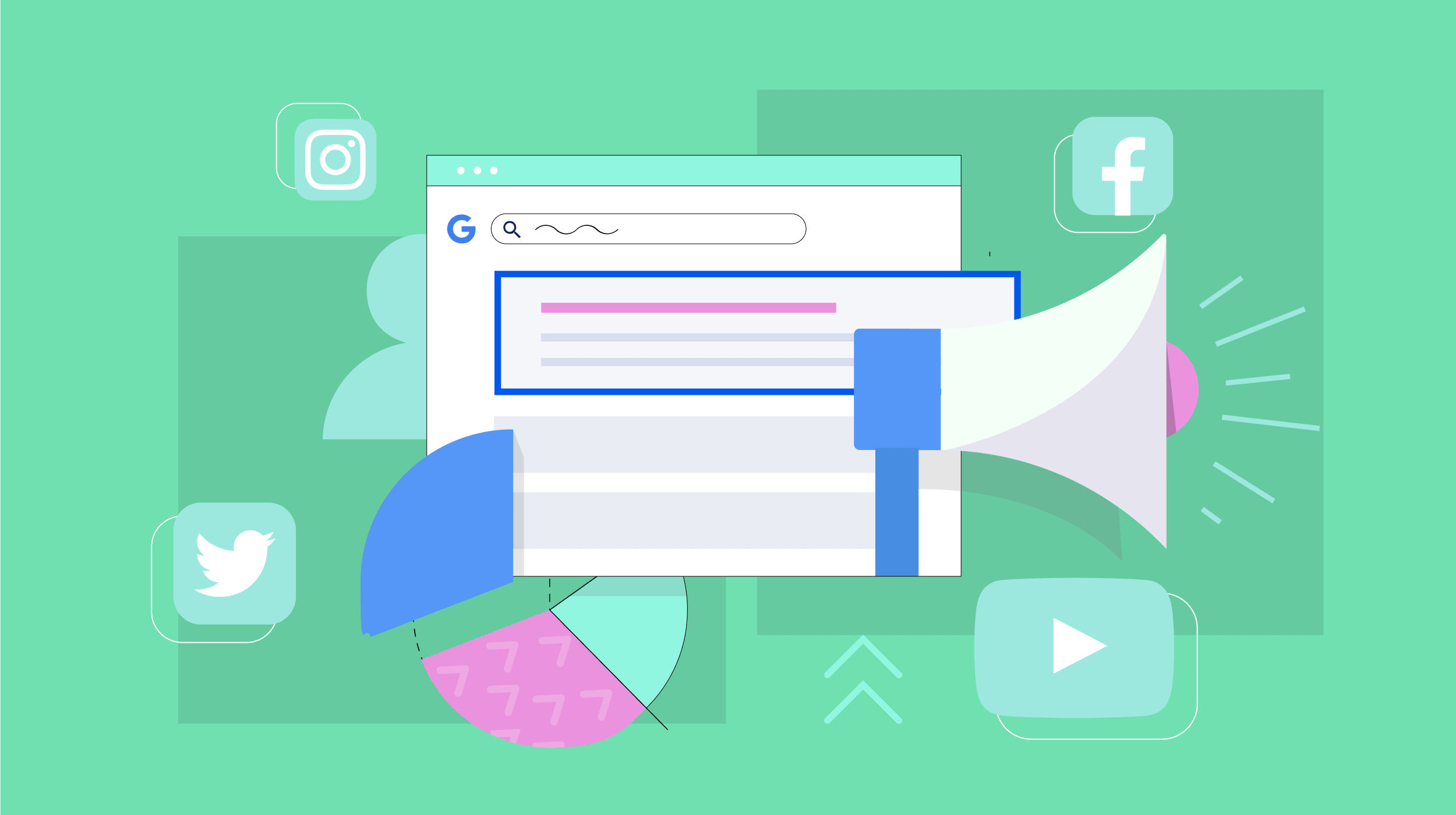3 Ways Data Privacy Changes Benefit Marketers [New Data]
When it comes to marketing, almost nothing is more important than having high-quality data on your target audience. So it’s no surprise that data privacy changes limiting marketers’ visibility into what their customers are up to is a huge...
![3 Ways Data Privacy Changes Benefit Marketers [New Data]](https://blog.hubspot.com/hubfs/data%20privacy%20benefits%20%281%29.jpg#keepProtocol)
When it comes to marketing, almost nothing is more important than having high-quality data on your target audience. So it’s no surprise that data privacy changes limiting marketers’ visibility into what their customers are up to is a huge threat. But what if I told you data privacy changes are actually having a positive impact on marketers? I get it - you’re probably used to hearing about how the loss of third-party cookies, GDPR, and iOS privacy changes spell certain doom for the marketing industry - but our survey shows that isn’t true. Out of over 1,000 marketers impacted by data privacy changes, 32% say they’ve had a positive impact on their marketing strategy over the past year, while just 10% say privacy changes had a negative effect. At the same time, 58% of marketers report a neutral impact, which is understandable since Google’s changes are now delayed till 2024, and the impact of other privacy changes might not be fully apparent yet. But the big question is, why are marketers seeing positive impacts from privacy changes? Let’s dive into our data to find out. Both government regulators and consumers are demanding data privacy changes, and marketers have no choice but to get with the times. Luckily, marketers are being given the budget they need to explore alternative tracking and targeting solutions. Almost half (48%) of marketers say their budget has changed to compensate for data privacy changes this year, with 71% of them reporting an increase in their marketing budget. What's interesting is that these alternative solutions are potentially even more accurate and effective than those marketers currently use, which brings us to the 2nd benefit of data privacy changes. Are the tools marketers currently use really that effective? It turns out most marketers are missing critical information on their target audience - just 42% know their basic demographic information, and even less know their shopping habits, purchase history, and which channels they consume content/media on. Since first-party data is collected directly from your customers, it is highly accurate and unique to your company - but for customers to give you their personal information, they need to trust you first. Our consumer trends survey shows that close to half (45%) of consumers distrust companies with their website behavior/cookie data. Data privacy changes can make consumers feel safer sharing their personal information, so they’ll be more willing to trust marketers with it. As one marketer in our survey put it: “When it comes to marketing, it's all about hitting your target audience. Phasing out third-party cookies for Google makes customers more likely to trust them. That trust should translate into more reliable information that I use to target my audience through google.” Currently, distrustful consumers leave marketers with poor or incomplete data on their target audience. Data privacy changes will allow marketers to get higher-quality data while respecting consumers’ privacy, mutually benefitting both parties. Adapting to data privacy changes is challenging because regulations and public opinion around data privacy are actively developing. The most important thing marketers can do is explore new tracking and targeting solutions so they are ready to adapt their data strategy when the time comes. After all, our research shows that data-driven and agile marketers will win in 2023.

3 Ways Privacy Changes Are Helping Marketers
1. Marketing Budgets are Increasing to Accommodate Data Privacy Changes

2. New Data Solutions Are Better
 Alternatives like collecting first-party data, on the other hand, can be used to gain high-quality insights and deliver a highly personalized experience to your customers.
Alternatives like collecting first-party data, on the other hand, can be used to gain high-quality insights and deliver a highly personalized experience to your customers.3. More Trust = Better Data
What’s Next for Data Privacy Changes

 ShanonG
ShanonG 


































